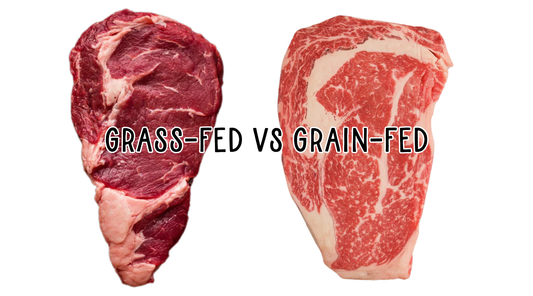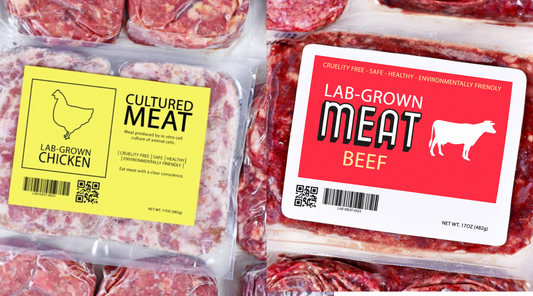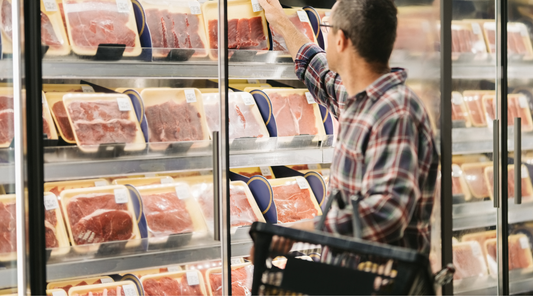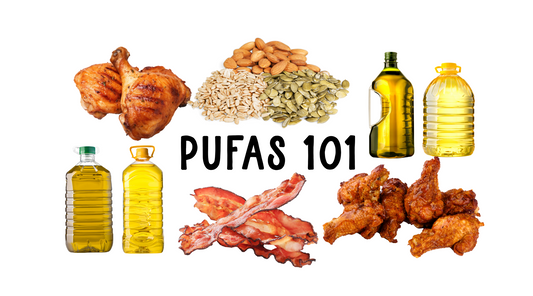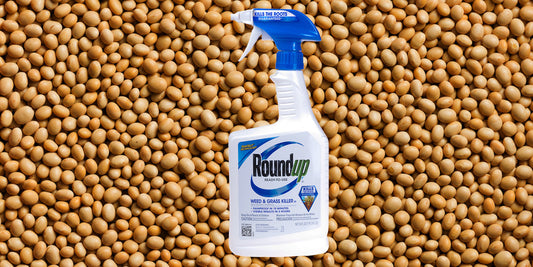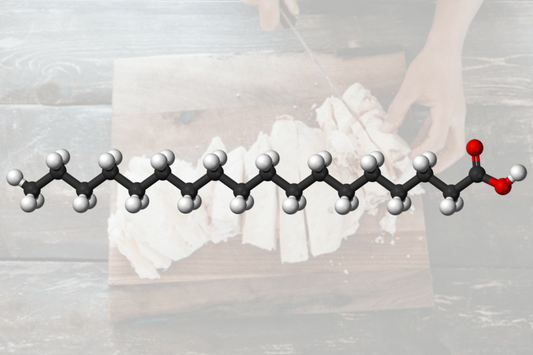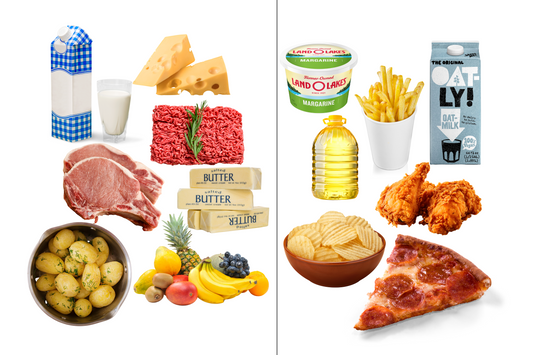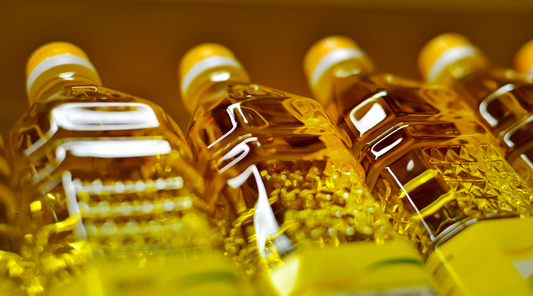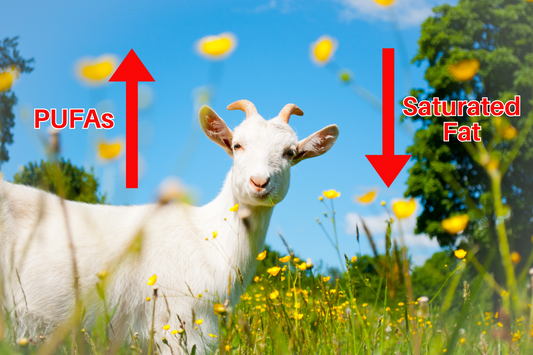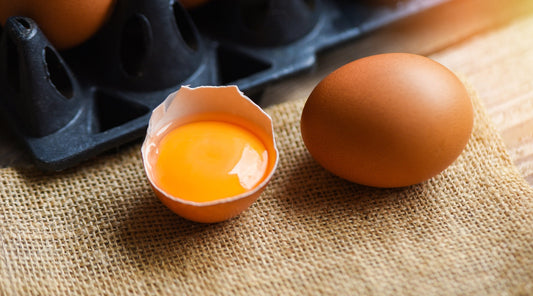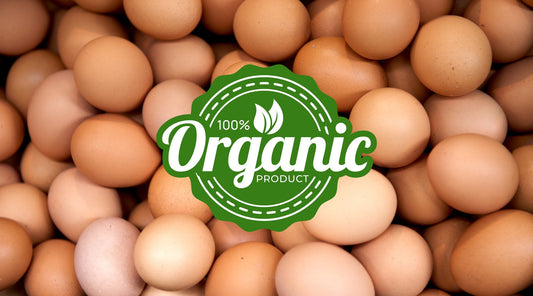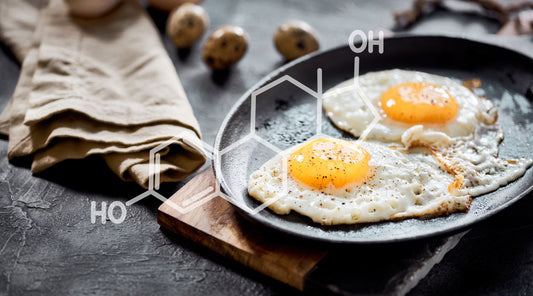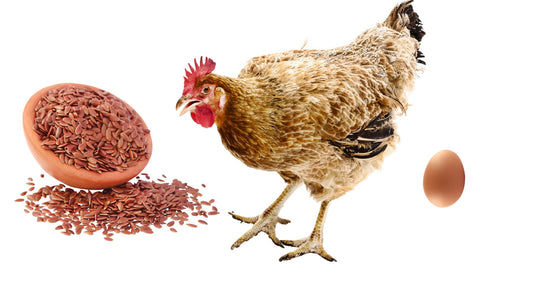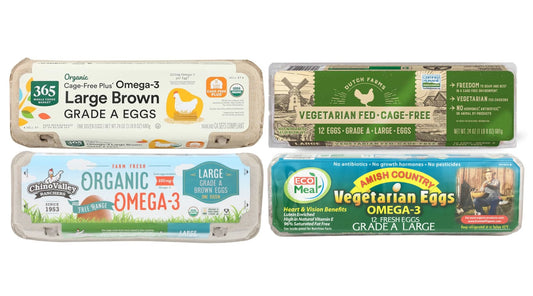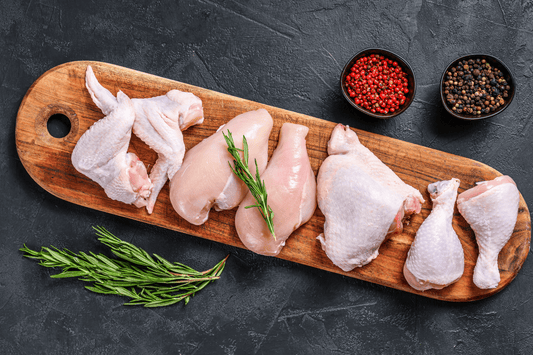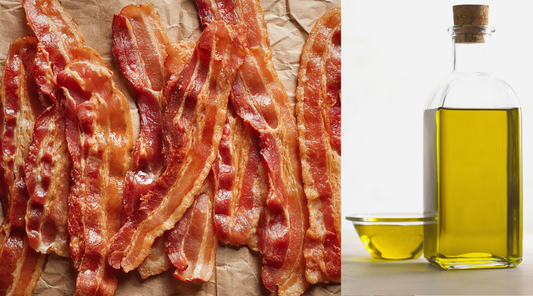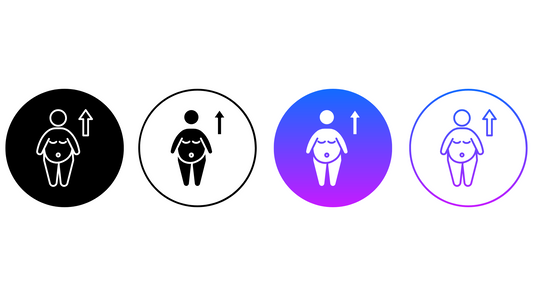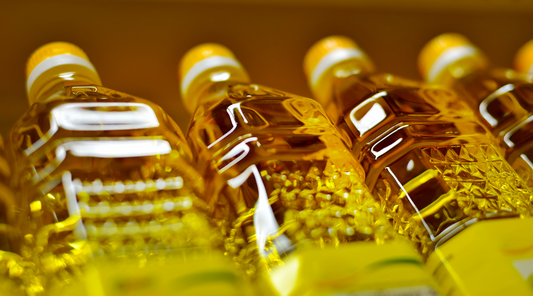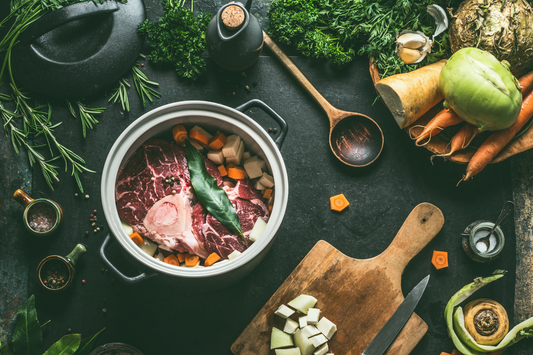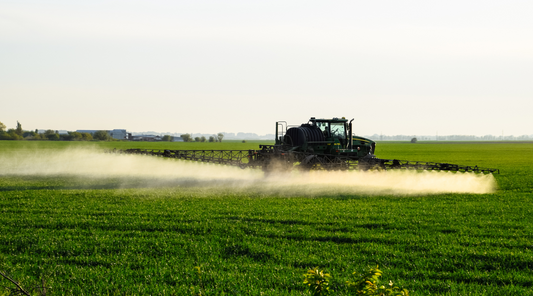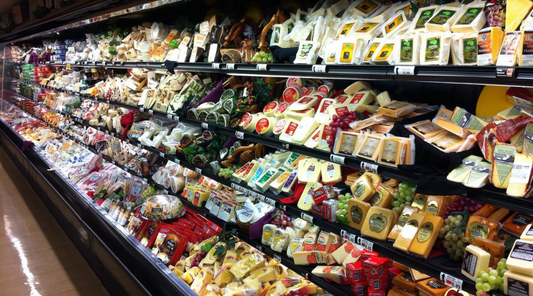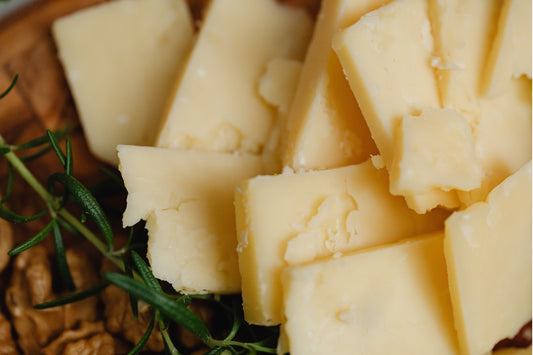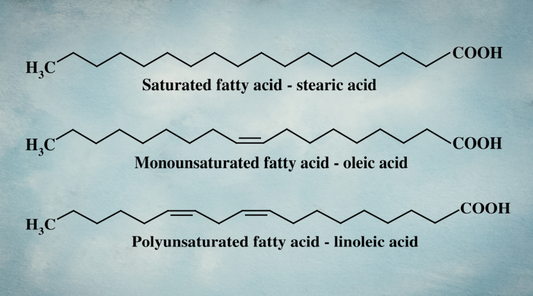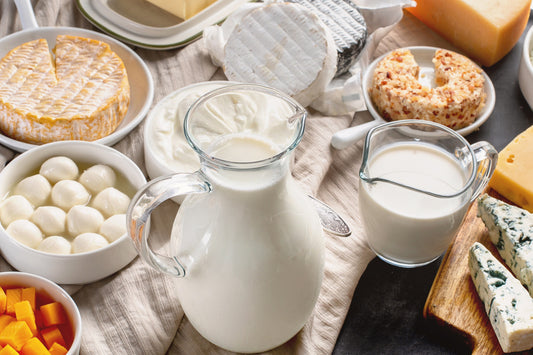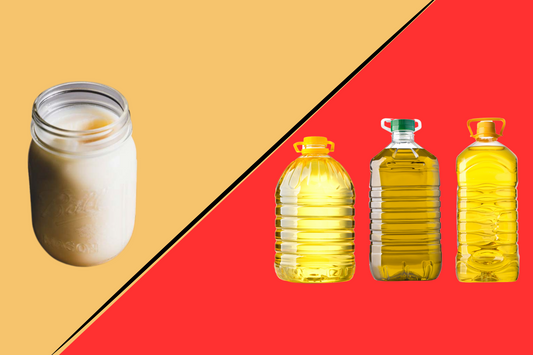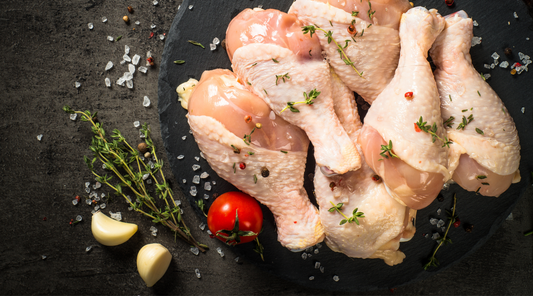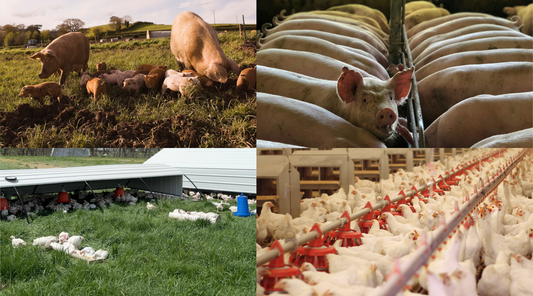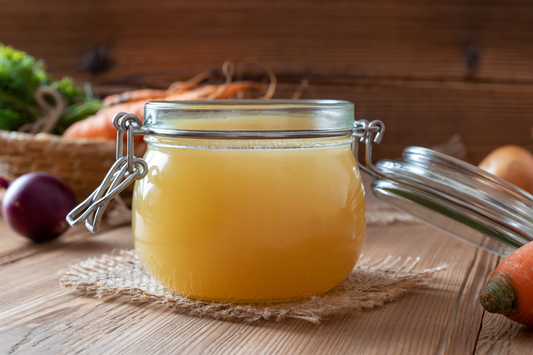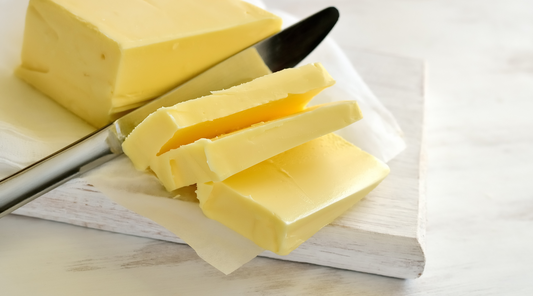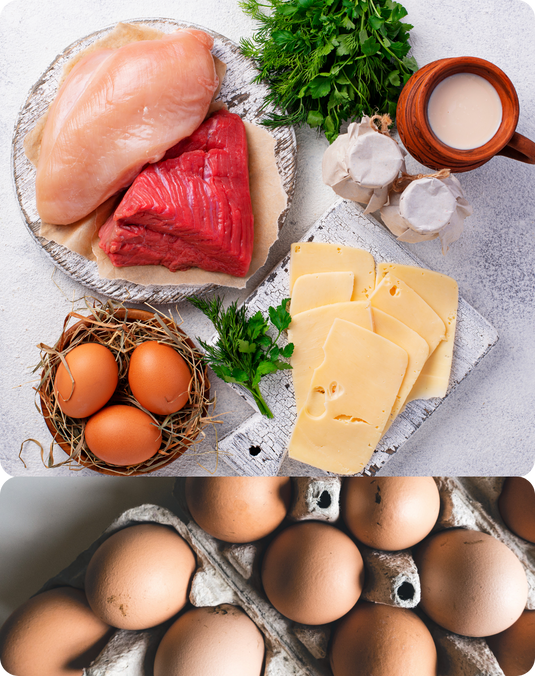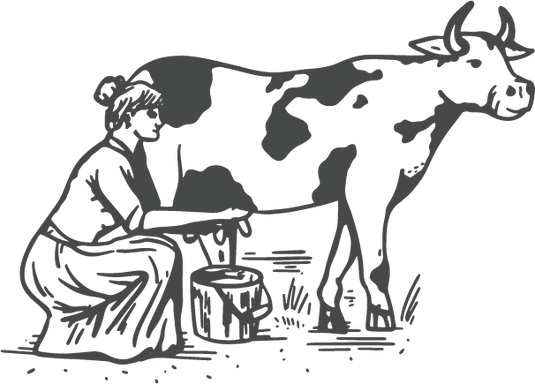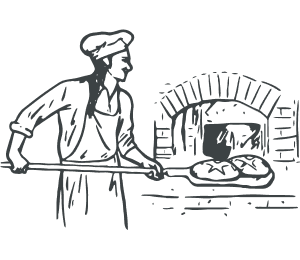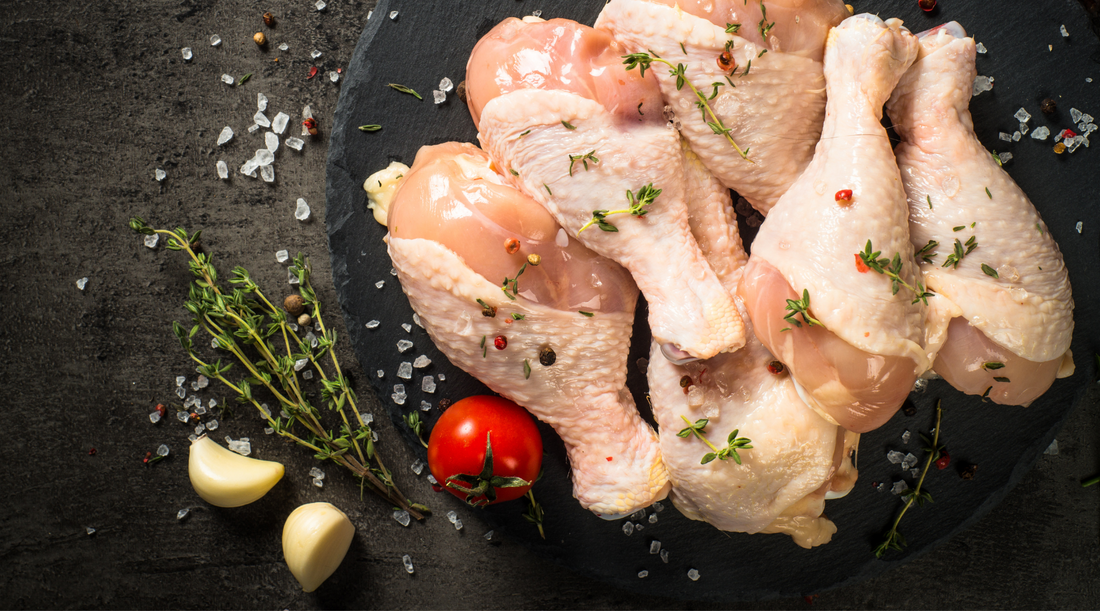
Are You Eating More PUFAs Than You Think? The Truth About Chicken Fat and Metabolic Health
If You Avoid Seed Oils, Why Are You Eating PUFA-Rich Chicken?
Seed oils are high in linoleic acid (LA), an omega-6 polyunsaturated fat (PUFA) that disrupts metabolism and promotes inflammation. Because LA is highly unstable, it oxidizes easily, leading to gut damage, DNA damage, and mitochondrial stress. Diets rich in LA also fuel inflammatory compounds and oxidative stress, setting the stage for metabolic dysfunction.
Historically, our ancestors consumed about 2% of their daily calories from linoleic acid, as it naturally occurs in small amounts in whole foods. Their diets were also richer in saturated fats, which provided stable energy and supported metabolic health. Today, the average LA intake has skyrocketed to 10-12% (or more) of daily calories—a fivefold increase since 1900. The effects are undeniable: rampant metabolic dysfunction, rising obesity rates, and an explosion of chronic diseases that were once rare.
Why This Matters
Fats do more than just provide energy—they shape your metabolism at a cellular level. They influence cell membrane composition, metabolic signaling, and hormone function, playing a critical role in how your body generates energy and responds to stress.
But it’s not just about how much fat you eat—the type and balance of fats in your diet are just as important.
The Three Main Types of Dietary Fats:
• Saturated fatty acids (SFAs) – No double bonds (highly stable, ideal for energy production).
• Monounsaturated fatty acids (MUFAs) – One double bond (moderately stable, found in animal fats and olive oil).
• Polyunsaturated fatty acids (PUFAs) – Two or more double bonds (highly unstable, prone to oxidation). This includes both omega-6 and omega-3 fats.
The more double bonds a fat has, the less stable it becomes—making it more prone to oxidation, free radical damage, and inflammation.
Why Fat Balance Matters for Metabolism
The ratio of unsaturated to saturated fats in your diet directly influences your metabolism, energy production, and overall health.
Over the past century, the balance of fats in our food system has dramatically shifted:
✅ Ancestral diets were naturally higher in saturated fats, supporting stable energy, hormonal balance, and mitochondrial function.
🚨 Modern diets have become PUFA-dominant, largely due to seed oils and factory-farmed animal products, altering fat composition in human tissues.
When diets contain a higher proportion of unsaturated fats, the fatty acid composition of our own tissues shifts—leading to increased oxidative stress, slower metabolism, and altered hormone signaling.
This fundamental change in dietary fat balance is one of the biggest yet least discussed drivers of metabolic dysfunction today.
This shift has major metabolic consequences, including:
✅ Increased oxidative stress – PUFAs are highly unstable and prone to oxidation, leading to lipid peroxidation, free radical production, and chronic inflammation.
✅ Metabolic slowdown – A higher unsaturated-to-saturated fat ratio downregulates metabolism, reducing energy production and increasing fat storage.
✅ Altered hormonal signaling – PUFA accumulation can negatively impact thyroid function, insulin sensitivity, estrogen detoxification, and mitochondrial efficiency.
In fact, animals that hibernate, like squirrels, naturally increase PUFA consumption before winter to slow their metabolism and store fat for survival. The modern diet, loaded with PUFAs from seed oils and factory-farmed meat, is essentially putting people into a low-metabolism state year-round -- the opposite of what we need for optimal health.
You Are What You Eat And What Your Food Eats
A shocking reality is that some estimates suggest the highest source of linoleic acid (an omega 6 PUFA) in the American diet isn’t even seed oils-- it’s chicken.
While chicken can be a healthy protein source, its nutritional quality depends entirely on what the birds are fed. Conventional chickens are raised on high-PUFA feeds, including corn, soy, and distillers’ grains. These ingredients dramatically alter the fat composition of the meat, increasing its linoleic acid content. When you eat conventional chicken, you’re unknowingly consuming far more PUFAs than you might expect, potentially mirroring the metabolic consequences of excessive seed oil consumption.
This shift is due to modern agricultural practices. Now, pasture-raised chickens cannot thrive on 100% grass -- they require supplemental feed. Unfortunately, most poultry feed today is designed for mass production, not optimal nutrition. As a result, today’s chicken meat contains significantly more PUFAs than it did in the past.
The Dietary Fats You Eat Shape Your Metabolism
A diet high in PUFAs leads to higher PUFA content in chicken meat-- this is well documented in the scientific literature.
The good news? The reverse is also true: feeding chickens a low-PUFA diet results in meat with a healthier fat profile. And we have the fatty acid testing data to back this up!
At Nourish Food Club, we do things differently.
✅ Mobile Pasture-raised chickens – Our birds roam on fresh pasture, allowing them to engage in natural behaviors and benefit from nutrient-rich forage. They live in clean living conditions so they do not require pharmaceuticals.
✅ Custom low-PUFA feed – We’ve developed a proprietary corn- and soy-free feed designed to reduce PUFA accumulation in the meat while increasing beneficial saturated fats.
✅ Lab-tested for optimal fat composition – Our LowPs™ chicken is tested to be significantly lower in linoleic acid and higher in stearic acid, a health-promoting saturated fat that supports metabolism and cellular function.
✅ Low in phytoestrogens and pesticides – Our approach minimizes exposure to endocrine-disrupting compounds, ensuring a cleaner, healthier food source.
The Result?
Chicken meat that isn’t just food, it’s a return to the way chicken was meant to be. Clean, incredibly flavorful, nutrient-dense, and crafted with your health in mind.
By prioritizing saturated fats from properly raised animal sources (like LowPs™ meats!), we restore the ancestral fat balance that fuels high energy production, robust metabolism, and optimal cellular function.
If you’re looking for truly nourishing pasture-raised chicken, we’ve got you covered.
Shop now and taste (and feel!) the difference.


